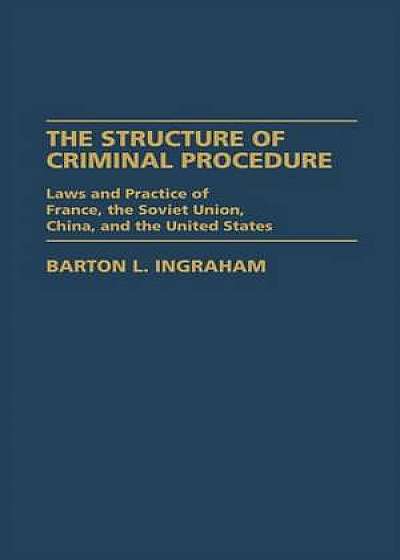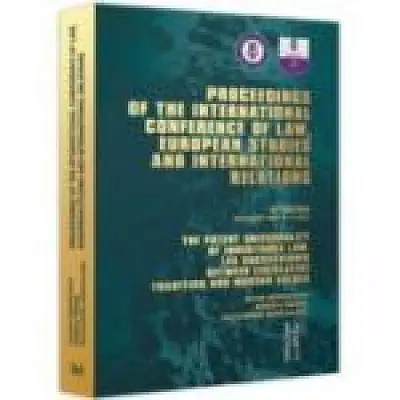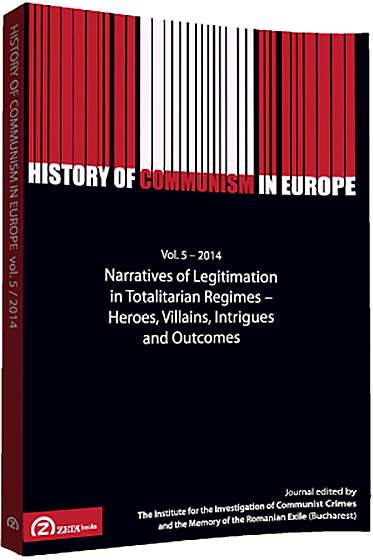
Structure of Criminal Procedure
Descriere
A model is developed for analyzing criminal procedure across nations and cultures, and applied to the U.S., France, the U.S.S.R. and China. The model envisions common functions of arrest and detention, screening, charging and defending, trial, sanctioning and appeal. The comparison reveals significant differences between inquisitorial and adversarial systems, including the extent of court authority to control other criminal justice agencies, the defendant's role in the proceedings, and the court's role in the proceedings. Differences between noncommunist and communist inquisitorial systems involve personnel who perform each function, degrees of public participation, and the educative-rehabilitative function of the criminal justice process.
Criminal Justice AbstractS≪/i>
The Structure of Criminal Procedure presents, for the first time ever, a detailed comparison of the criminal procedures of four major nations--France, the United States, China, and the Soviet Union. In addition, the author also develops his theory on the Morphology of Criminal Procedure which hypothesizes that there is a common structure in every modern procedural system no matter how different it may appear on the surface. He stresses six basic functions inherent in all systems--arrest and trial, detention, screening, charging and defending, trial, sanctioning, and appeal--and he successively analyzes each of them in depth. Practical ways to apply his model are provided along with encouragement for others to engage in new comparative studies, or studies of individual systems, in order to clarify the ways in which the practical demands of society, the legal profession, and legal institutions interact with the functional needs of the system to produce new ways of procedure or new ways of using old procedures.





